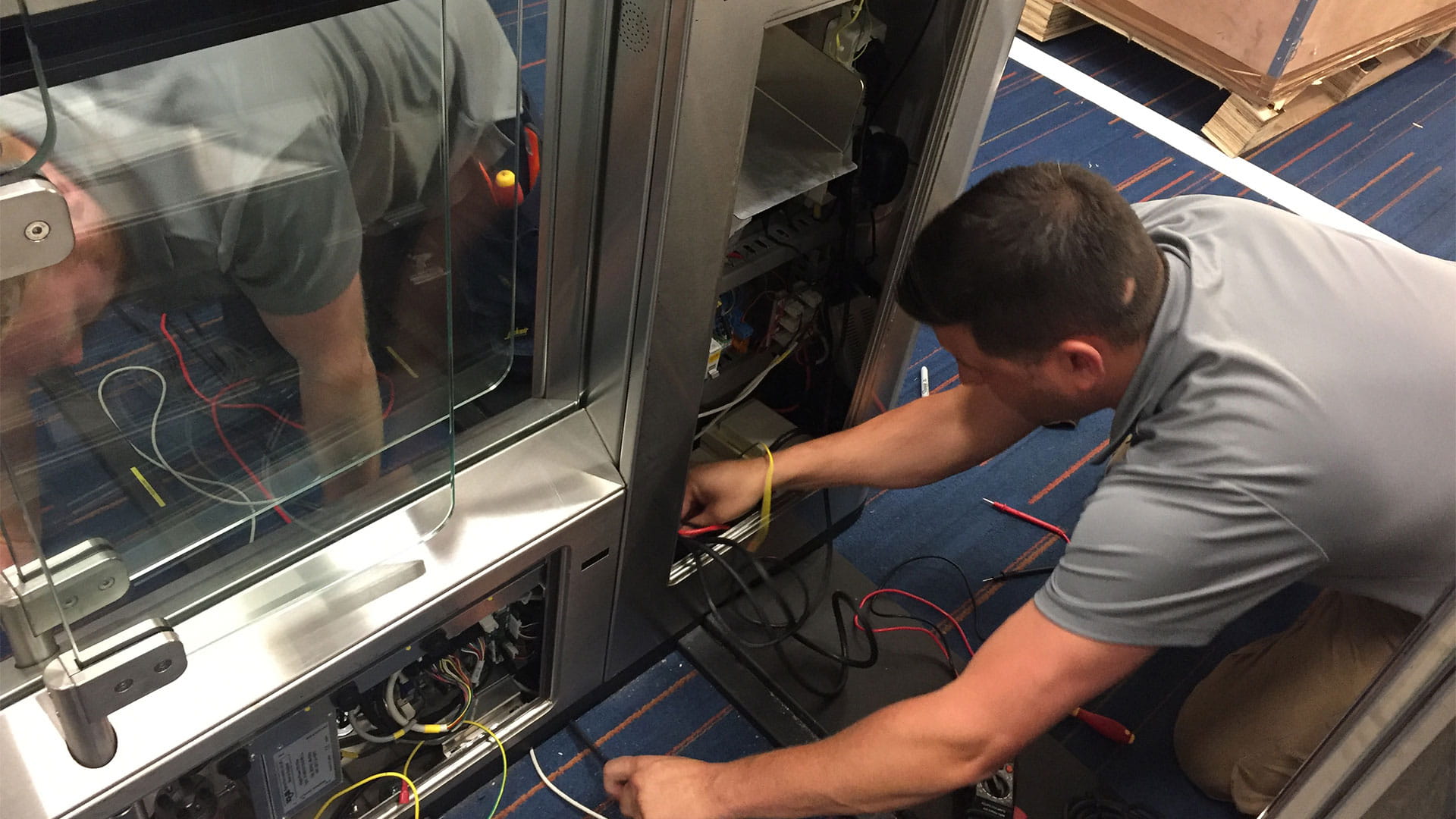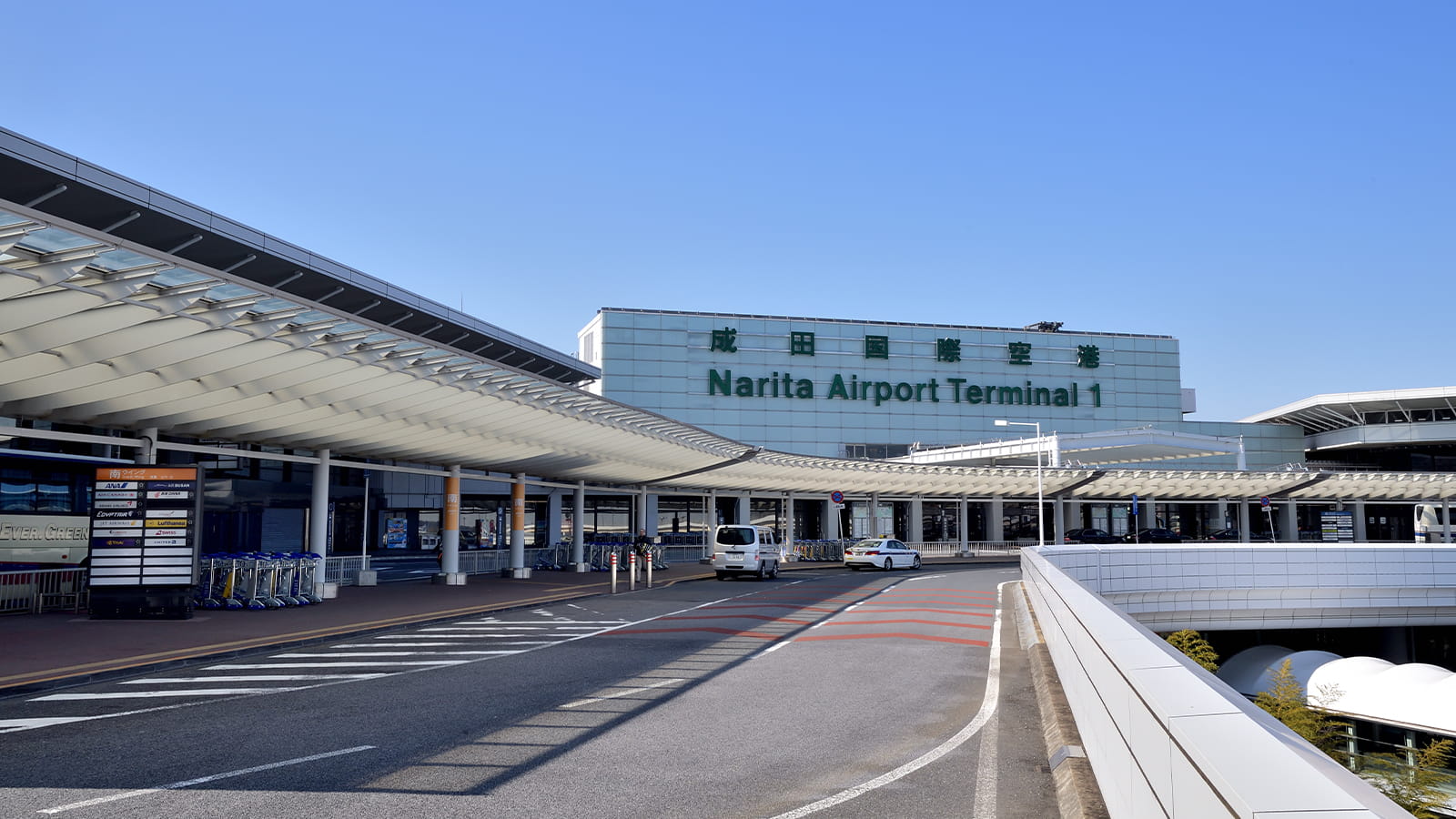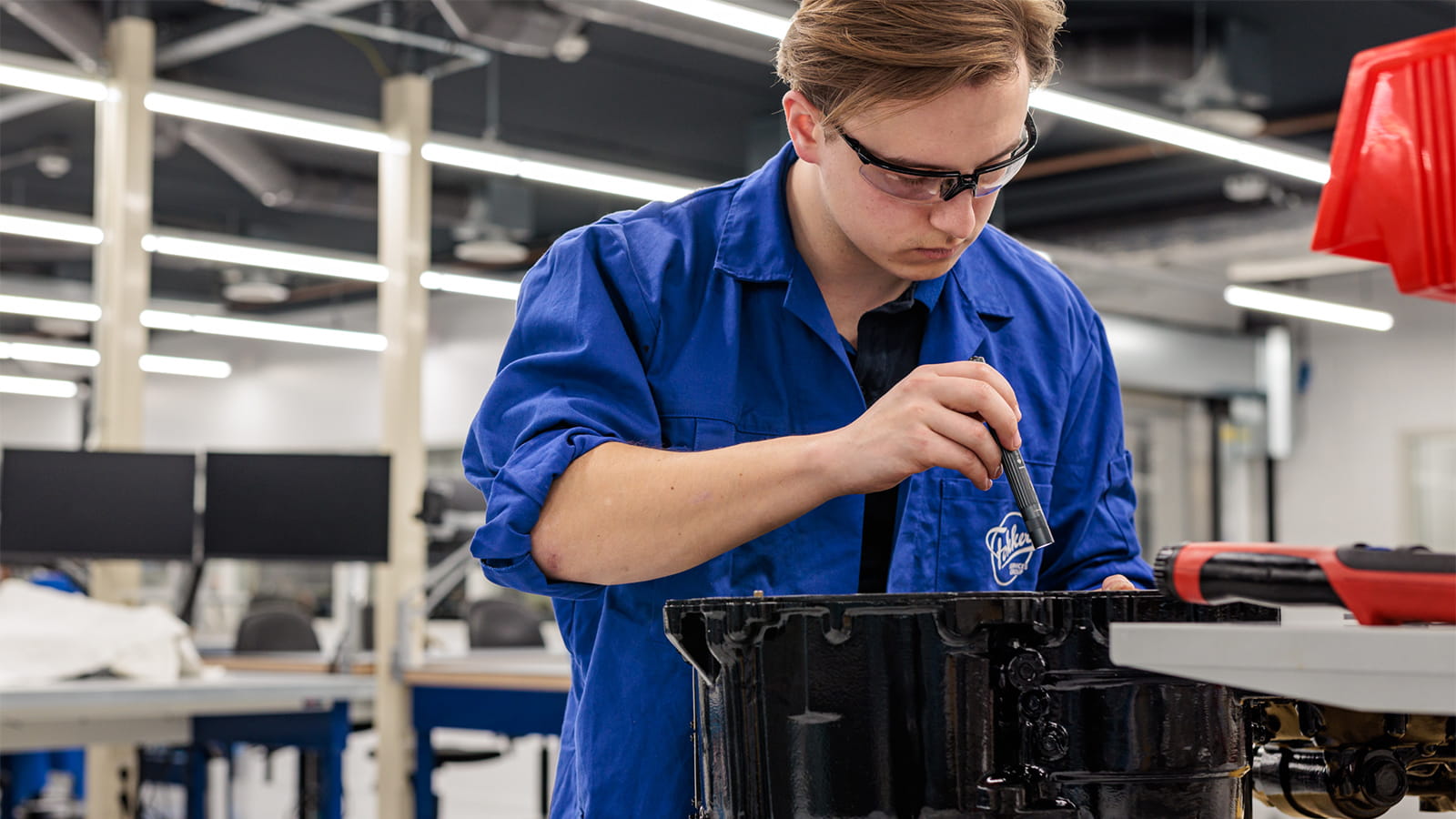Air travel of the future: a contactless passenger journey
As the global COVID-19 pandemic has encouraged all of us to regularly wash our hands, cover our faces and maintain a safe distance from strangers and groups, it’s more important than ever to minimize the number of surfaces and people we come in contact with on a daily basis – especially when traveling by plane. As commercial aviation prepares to make its comeback, Collins Aerospace is working with the industry to provide passenger processing solutions that allow for a more “contactless” passenger journey so people feel safer getting through the airport, onto their flight and to their destination.
The company has three Emerging Technology teams located in key geographic areas around the world charged with implementing leading-edge, ready-now technology needed for passengers to move safely and confidently through the various touchpoints they encounter in an airport.
“These solutions reduce contact among passengers, airport and airline personnel and can eliminate the physical act of touching surfaces,” said John Martinson, manager of the Americas Emerging Technology Team for Airport Systems at Collins Aerospace.
These enhancements fall into two main categories. The self-service technologies aim to get passengers into and through the airport as quickly as possible. They include check-in kiosks, baggage processing stations and drop points, and self-boarding gates. For example, Collins Aerospace just introduced Kiosk Connect, which allows passengers to simply scan a QR code to complete the check-in process on their personal mobile devices without ever touching a common kiosk screen.
The other key area involves biometrics. The biometrics technologies allow document-free movement through the airport once passengers have voluntarily enrolled and created what’s known as “single-token identification. Collins Aerospace’s ARINC SelfPass™ biometric solution relies on facial scans that are quickly matched to passport facial images in identity databases. When this system is in place, passengers no longer need to present documents anywhere along the travel route. Their faces replace passports, driver’s licenses or boarding passes as the key to moving from one step to the next.
“After doing a number of biometrics trials over the past year or so, we recently implemented our first customized solutions here in the United States,” Martinson said. “These solutions can be implemented by a single airline customer at multiple airports, or by a single airport customer for multiple airlines, terminals and boarding gates.”
The first deployment for Martinson’s team was installing biometric-based boarding gates for an airline customer at three of its key airports. With this technology, passengers go through camera-equipped gates that match their faces with images in a database to determine whether they are authorized to board the plane. When the image matches, the gate opens, and there’s no need to display a boarding pass or passport. The automation means airline gate agents can spend more time assisting passengers with last-minute issues and less time monitoring the boarding process.
“One of the most rewarding experiences for our team was being onsite when this new system went into full production at our first Americas-based airport this past March. Our team was there to work with airline personnel to make sure everyone was trained on how the new system works, and to make sure the passengers were aware of the new equipment and how to use it,” Martinson said. “It was great seeing all the ‘wow’ looks on their faces when they realized they didn’t have to do anything at the gate except look into the camera before making their way onboard.”
Martinson’s team is also working on retrofitting biometric technology onto existing boarding gates at another major U.S. airport, as well as biometric cameras for use at multiple international gates at a separate airport.
With decades of experience and proven expertise in airport operations, baggage systems, passenger processing, airport cybersecurity, cloud solutions, in-flight connectivity and much more, Collins Aerospace is confident in its ability to help create a seamless, end-to-end, contactless passenger journey that will enable travelers to safely get back in the air and reach their destinations.

John Martinson, manager of the Americas Emerging Technology Team for Airport Systems at Collins Aerospace



